Regulatory Frameworks
The establishment of supportive regulatory frameworks is increasingly influencing the Geogrid Market. Governments are implementing policies that promote the use of geosynthetics in construction to enhance safety and sustainability. These regulations often mandate the use of geogrids in specific applications, such as road construction and landfill projects, thereby driving market growth. For instance, certain regions have introduced guidelines that require the use of geogrids to improve soil stability and reduce environmental impact. This regulatory support is likely to create a favorable environment for the Geogrid Market, encouraging manufacturers to innovate and expand their product offerings to meet compliance standards.
Increased Urbanization
The rapid pace of urbanization is a crucial factor driving the Geogrid Market. As urban areas expand, the demand for effective land management and infrastructure development intensifies. Geogrids play a vital role in urban construction projects, providing essential support for roads, parking lots, and other structures. Recent statistics indicate that urban populations are expected to rise by 2.5 billion by 2050, necessitating innovative solutions to manage land use effectively. This urban growth is likely to propel the demand for geogrids, as they offer cost-effective and efficient solutions for soil stabilization and reinforcement in densely populated areas. The Geogrid Market stands to gain from this trend as cities evolve to accommodate growing populations.
Technological Innovations
Technological advancements in geogrid manufacturing and application are significantly shaping the Geogrid Market. Innovations such as 3D modeling and advanced polymer technologies enhance the performance and efficiency of geogrids. These developments allow for better load distribution and increased tensile strength, which are critical in various applications, including road construction and slope stabilization. The market is witnessing a surge in the adoption of smart geogrids that incorporate sensors for real-time monitoring of structural integrity. This trend indicates a potential growth trajectory for the Geogrid Market, as stakeholders increasingly recognize the benefits of integrating technology into construction practices.
Infrastructure Development
The ongoing expansion of infrastructure projects worldwide appears to be a primary driver for the Geogrid Market. Governments and private entities are increasingly investing in roads, bridges, and railways, necessitating the use of geogrids for soil stabilization and reinforcement. According to recent data, the infrastructure sector is projected to grow at a compound annual growth rate of approximately 5.4% over the next five years. This growth is likely to enhance the demand for geogrids, as they provide essential support in construction applications. The Geogrid Market is expected to benefit from this trend, as geogrids help improve the longevity and durability of infrastructure projects, thereby reducing maintenance costs and enhancing safety.
Rising Demand for Sustainable Solutions
The Geogrid Market is increasingly influenced by the rising demand for sustainable construction solutions. As environmental concerns gain prominence, construction companies are seeking materials that minimize ecological impact. Geogrids, made from recycled materials, offer a sustainable alternative to traditional construction methods. The market for geogrids is projected to reach USD 1.2 billion by 2026, driven by this shift towards eco-friendly practices. Furthermore, the use of geogrids in erosion control and land reclamation projects aligns with sustainability goals, making them a preferred choice among environmentally conscious developers. This trend suggests that the Geogrid Market will continue to expand as more stakeholders prioritize sustainability in their projects.


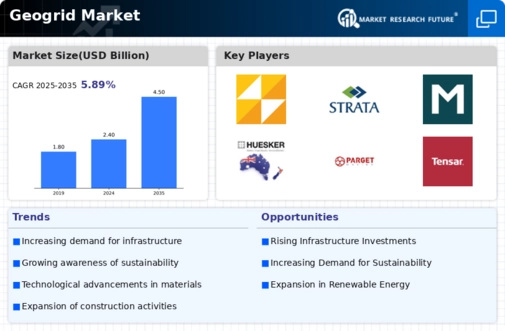

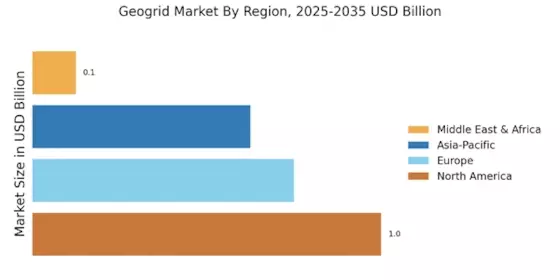
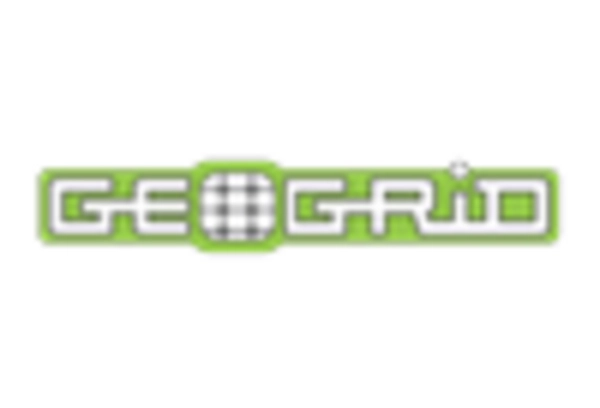

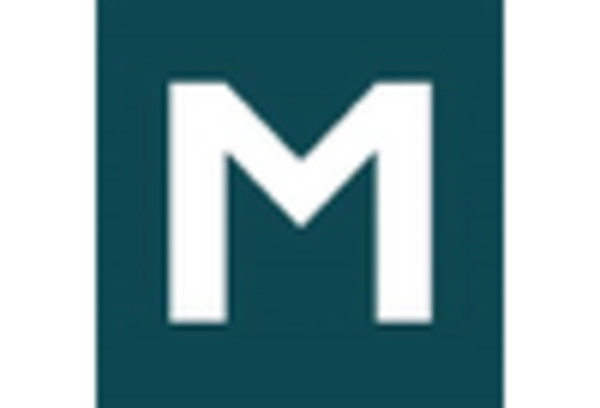
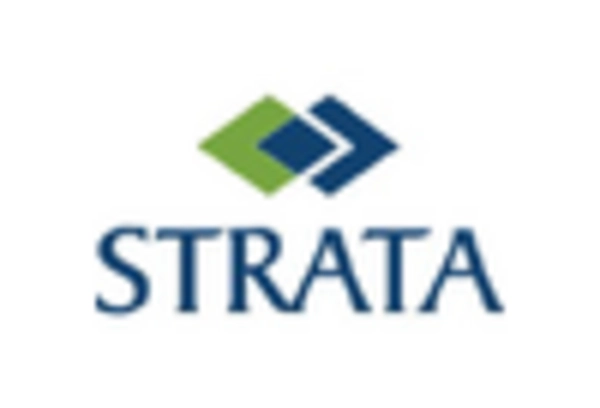
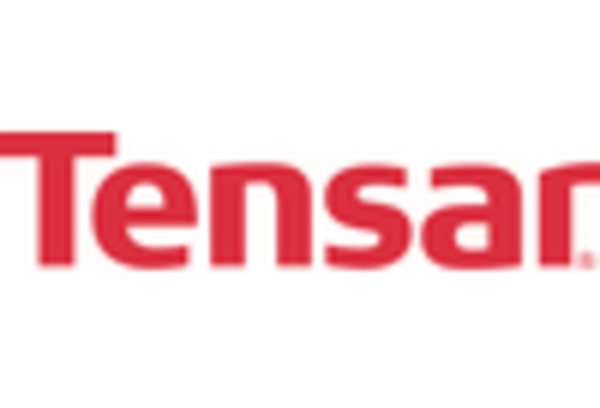
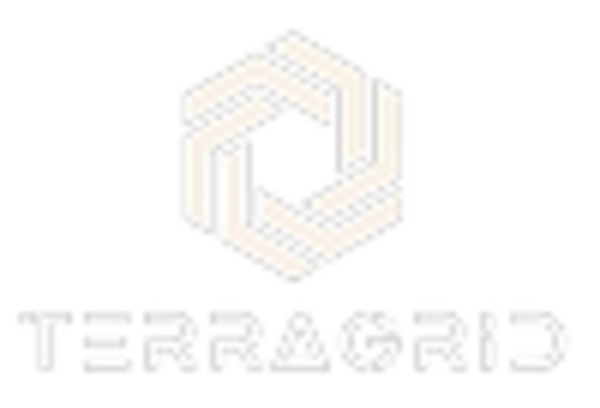








Leave a Comment